Allisonkitten - Here, Have Some Space





More Posts from Allisonkitten and Others
Me
*looks up at night sky* *sees more stars than usual* *mood immediately lifts by 93%*
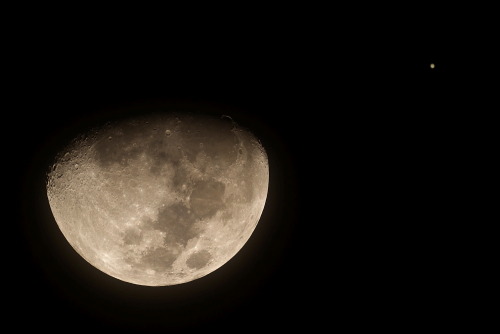
Jupiter/Moon Conjunction.
Credit: Pete Lardizabal
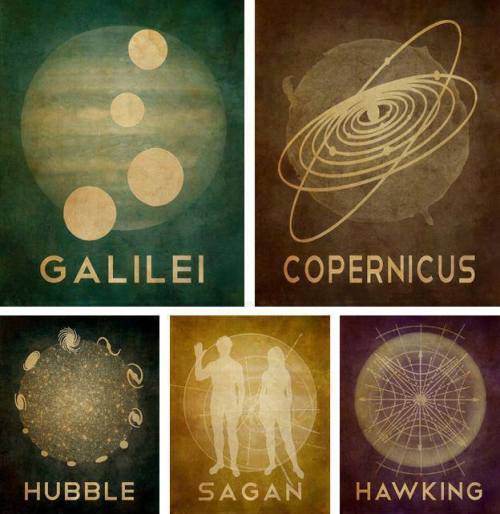
Need
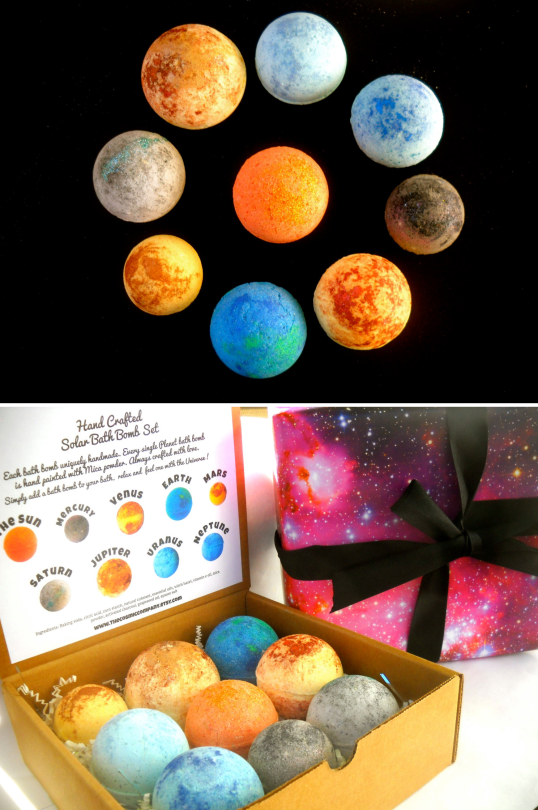
Solar Bath Bomb Set by The Cosmic Company
Turn bath time into a stellar fun experience! Drop one of these super fun bombs in the bath and be transported to a new galaxy. Enjoy the fun fizziness as the bath turns an exciting new color and the aromatherapy smells center and balance you! These planet bombs are unlike anything you will ever find. Each gift set includes 9 beautiful hand crafted Planet bath bombs, that are hand painted with mica powder. Find more stuff in their Etsy shop!
How Well Do You Know Mercury?
Mercury is the smallest planet in our solar system and is only slightly larger than Earth’s moon. To give you some perspective, if the sun were as tall as a typical front door, Earth would be the size of a nickel and Mercury would be about as big as a green pea.

Mercury is the closest planet to the sun. Daytime temperatures can reach 430 degrees Celsius (800 degrees Fahrenheit) and drop to –180 degrees Celsius (-290 degrees Fahrenheit) at night.
Here are a few fun facts about Mercury:
Mercury takes only 88 Earth days to orbit the sun
If we could stand on Mercury’s surface when it is at its closest point to the sun, the sun would appear more than three times larger than it does here on Earth
Mercury is home to one of the largest impact basins in the solar system: the Caloris Basin. The diameter of this impact basin is the length of 16,404 football fields (minus the end zones) placed end to end!
Mercury is one of only two planets in our solar system that do not have moons (Venus is the other one)
Mercury completes three rotations for every two orbits around the sun. That means that if you wanted to stay up from sunrise to sunrise on Mercury, you’d be up for 176 Earth days…you’d need a LOT of coffee!

Two missions have visited Mercury:
Mariner 10 was the first mission to Mercury, and 30 years later, our MESSENGER mission was the second to visit the planet. Mariner 10 was also the first spacecraft to reach one planet by using the gravity of another planet (in this case, Venus) to alter its speed and trajectory.

MESSENGER was the first spacecraft to orbit Mercury, The spacecraft had its own shades to protect it from the light of the sun. This is important since sunlight on Mercury can be as much as 11 times brighter than it is here on Earth. The spacecraft was originally planned to orbit Mercury for one year, but exceeded expectations and worked for over four years capturing extensive data. On April 30, 2015, the spacecraft succumbed to the pull of solar gravity and impacted Mercury’s surface.
Water Ice?
The MESSENGER spacecraft observed compelling support for the long-held hypothesis that Mercury harbors abundant water ice and other frozen volatile materials in its permanently shadowed polar craters.

This radar image of Mercury’s north polar region. The areas shown in red were captured by MESSENGER, compared to the yellow deposits imaged by Earth-based radar. These areas are believed to consist of water ice.
Mercury Transit of the Sun
For more than seven hours on Monday, May 9, Mercury will be visible as a tiny black dot crossing the face of the sun. This rare event – which happens only slightly more than once a decade – is called a transit.

Where: Skywatchers in Western Europe, South America and eastern North America will be able to see the entirety of the transit. The entire 7.5-hour path across the sun will be visible across the Eastern U.S. – with magnification and proper solar filters – while those in the West can observe the transit in progress at sunrise.

Watch: We will stream a live program on NASA TV and the agency’s Facebook page from 10:30 to 11:30 a.m. – an informal roundtable during which experts representing planetary, heliophysics and astrophysics will discuss the science behind the Mercury transit. Viewers can ask questions via Facebook and Twitter using #AskNASA. Unlike the 2012 Venus transit of the sun, Mercury is too small to be visible without magnification from a telescope or high-powered binoculars. Both must have safe solar filters made of specially-coated glass or Mylar; you can never look directly at the sun.
To learn more about our solar system and the planets, visit: http://solarsystem.nasa.gov/
Make sure to follow us on Tumblr for your regular dose of space: http://nasa.tumblr.com
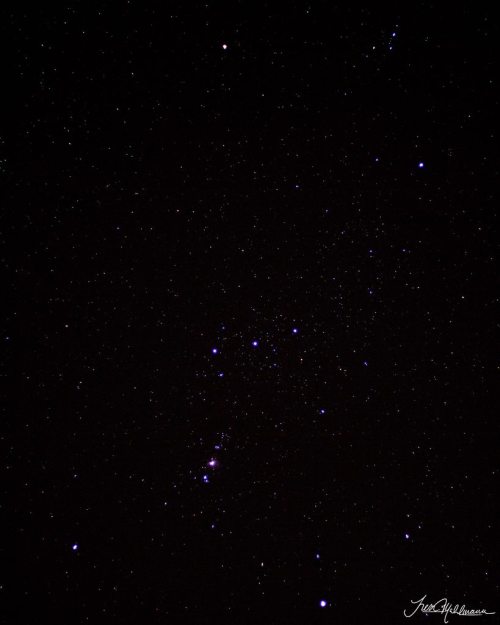

Space Station Flyover of the Mediterranean : Expedition 46 flight engineer Tim Peake of the European Space Agency
js
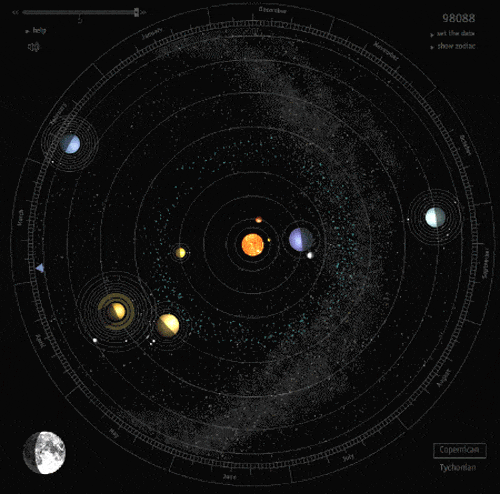
Amazing!
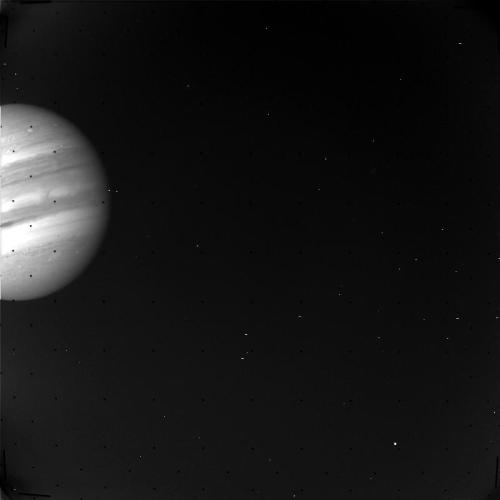
Happy Earth Day! 🌏🌍🌎
Happy Earth Day!
It’s Earth Day, and what better way to celebrate than to show you a glimpse of our various efforts to protect and understand our home planet.

We’re able to use the vantage point of space to improve our understanding of the most complex planet we’ve seen yet…EARTH! Our Earth-observing satellites, airborne research and field campaigns are designed to observe our planet’s dynamic systems – oceans, ice sheets, forests and atmosphere – and improve our ability to understand how our planet is changing.

Here are a few of our Earth campaigns that you should know about:
KORUS-AQ (Korea U.S. - Air Quality)

Our KORUS-AQ airborne science experiment taking to the field in South Korea is part of a long-term, international project to take air quality observations from space to the next level and better inform decisions on how to protect the air we breathe. Field missions like KORUS-AQ provide opportunities to test and improve the instruments using simulators that measure above and below aircraft, while helping to infer what people breathe at the surface.
This campaign will assess air quality across urban, rural and coastal South Korea using observations from aircraft, ground sites, ships and satellites to test air quality models and remote sensing methods.
NAAMES (North Atlantic Aerosols and Marine Ecosystems Study)

Our NAAMES study takes to the sea and air in order to study how the world’s largest plankton bloom gives rise to small organic particles that influence clouds and climate. This study will collect data during ship and aircraft measurement campaigns and combine the data with continuous satellite and ocean sensor readings.
IceBridge

Operation IceBridge is our survey of polar ice, and is kicking off its eighth spring Arctic campaign. This mission has gathered large volumes of data on changes in the elevation of the ice sheet and its internal structure. It’s readings of the thickness of sea ice and its snow cover have helped scientists improve forecasts for the summer melt season and have enhanced the understanding of variations in ice thickness distribution from year to year.
GPM (Global Precipitation Measurement)

GPM is an international satellite mission to provide next-generation observations of rain and snow worldwide every three hours. We launched this mission with the Japanese Aerospace Exploration Agency (JAXA) in 2014. GPM contributes to advancing our understanding of Earth’s water and energy cycles, improves forecasting of extreme events and extends current capabilities of using satellite precipitation information to directly benefit society.
Find information about all of our Earth-studying missions HERE.
Celebrate Earth Day with Us!

Want to participate in Earth Day with us? Share on social media what you’re doing to celebrate and improve our home planet. We’ll be sharing aspects of a “day in the life” of our Earth science research. Use the tag #24Seven to join the conversation. Details: http://www.nasa.gov/press-release/nasa-announces-earth-day-24seven-social-media-event
Make sure to follow us on Tumblr for your regular dose of space: http://nasa.tumblr.com
-
 looookingup reblogged this · 1 year ago
looookingup reblogged this · 1 year ago -
 doctorjohcoy liked this · 1 year ago
doctorjohcoy liked this · 1 year ago -
 malfunctioningmeatsuit liked this · 2 years ago
malfunctioningmeatsuit liked this · 2 years ago -
 zeroinfo liked this · 2 years ago
zeroinfo liked this · 2 years ago -
 fandomgirl800 liked this · 2 years ago
fandomgirl800 liked this · 2 years ago -
 sweetyaoigirl reblogged this · 2 years ago
sweetyaoigirl reblogged this · 2 years ago -
 sweetyaoigirl liked this · 2 years ago
sweetyaoigirl liked this · 2 years ago -
 fandomgirl800 reblogged this · 2 years ago
fandomgirl800 reblogged this · 2 years ago -
 hornyforthevirginmary liked this · 3 years ago
hornyforthevirginmary liked this · 3 years ago -
 eerian-sadow reblogged this · 3 years ago
eerian-sadow reblogged this · 3 years ago -
 dyke-ism liked this · 3 years ago
dyke-ism liked this · 3 years ago -
 zemlyadrakona liked this · 3 years ago
zemlyadrakona liked this · 3 years ago -
 prettykirby reblogged this · 3 years ago
prettykirby reblogged this · 3 years ago -
 ramblinglimericks liked this · 3 years ago
ramblinglimericks liked this · 3 years ago -
 supercomputer276 reblogged this · 3 years ago
supercomputer276 reblogged this · 3 years ago -
 skcirthinq liked this · 3 years ago
skcirthinq liked this · 3 years ago -
 just-broken-thoughts liked this · 3 years ago
just-broken-thoughts liked this · 3 years ago -
 blynn-safespace reblogged this · 3 years ago
blynn-safespace reblogged this · 3 years ago -
 nyacx liked this · 3 years ago
nyacx liked this · 3 years ago -
 three-of-a-kind-6-6-6 liked this · 3 years ago
three-of-a-kind-6-6-6 liked this · 3 years ago -
 misabelle717 liked this · 3 years ago
misabelle717 liked this · 3 years ago -
 thatswhatilikebruh liked this · 3 years ago
thatswhatilikebruh liked this · 3 years ago -
 milfannihilator liked this · 3 years ago
milfannihilator liked this · 3 years ago -
 hannah-the-human-trashcan reblogged this · 3 years ago
hannah-the-human-trashcan reblogged this · 3 years ago -
 40billionowls reblogged this · 3 years ago
40billionowls reblogged this · 3 years ago -
 40billionowls liked this · 3 years ago
40billionowls liked this · 3 years ago -
 garwudan reblogged this · 3 years ago
garwudan reblogged this · 3 years ago -
 the-cosmic-owl reblogged this · 3 years ago
the-cosmic-owl reblogged this · 3 years ago -
 hexalianrebelagent reblogged this · 3 years ago
hexalianrebelagent reblogged this · 3 years ago -
 hexalianrebelagent liked this · 3 years ago
hexalianrebelagent liked this · 3 years ago -
 gotchipoints reblogged this · 3 years ago
gotchipoints reblogged this · 3 years ago -
 socratesbrandhemlock liked this · 3 years ago
socratesbrandhemlock liked this · 3 years ago -
 calyroco reblogged this · 3 years ago
calyroco reblogged this · 3 years ago -
 calyroco liked this · 3 years ago
calyroco liked this · 3 years ago -
 crazy-giulia liked this · 3 years ago
crazy-giulia liked this · 3 years ago -
 ingek73 reblogged this · 3 years ago
ingek73 reblogged this · 3 years ago -
 ingek73 liked this · 3 years ago
ingek73 liked this · 3 years ago -
 cosmicfunnies reblogged this · 3 years ago
cosmicfunnies reblogged this · 3 years ago -
 imthegarbageman reblogged this · 3 years ago
imthegarbageman reblogged this · 3 years ago -
 wooferdill liked this · 3 years ago
wooferdill liked this · 3 years ago -
 velathetanager liked this · 3 years ago
velathetanager liked this · 3 years ago -
 a-republican-mind reblogged this · 3 years ago
a-republican-mind reblogged this · 3 years ago
Just a socially awkward college student with an interest in the celestial bodies in our universe.
279 posts